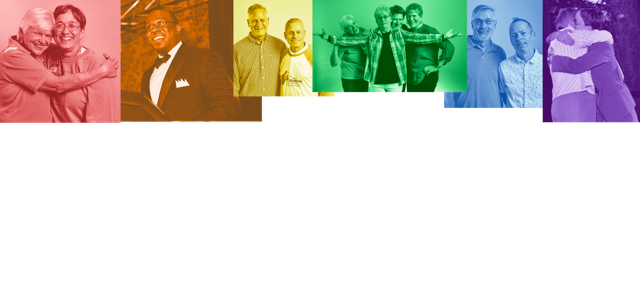Activism
Before the existence of publicly recognized LGBTQ rights organizations, beginning with the short-lived Society for Human Rights in 1924, pro-LGBTQ sentiment was not visible within mainstream popular culture, nor were LGBTQ rights protected by legislation. Doctors, politicians, and other officials referred to LGBTQ individuals as sex perverts, criminals, pedophiles, immoral in nature, and mentally ill. In 1950, the Senate Investigations Subcommittee decided that homosexual people were national security risks and therefore unsuitable for government employment1, and in general the Red Scare after World War I and the Cold War vigilance of the 1950s "led to an early--and false--connection between political and sexual subversions", further stigmatizing LGBTQ people.2a
At the same time, however, the prosperity and mobility in the post-World War II United States facilitated "an explosion in the spread of gay and lesbian bars and clubs, and marked the beginning of the mass migration of people to major cities like San Francisco and New York."2b Social movements, including the Civil Rights Movement, The New Left and opposition to the Vietnam war, and feminism challenged established values and practices of the dominant culture in the United States. This exhibit discusses how organized efforts for LGBTQ equality grew from those conditions and took root in corporate America.
1 Cain, “Litigating for Lesbian and Gay Rights,” 1566.
2 a b Vaid, "Legitimation, Liberation, and History," in Virtual Equality: The Mainstreaming of Gay and Lesbian Liberation.


